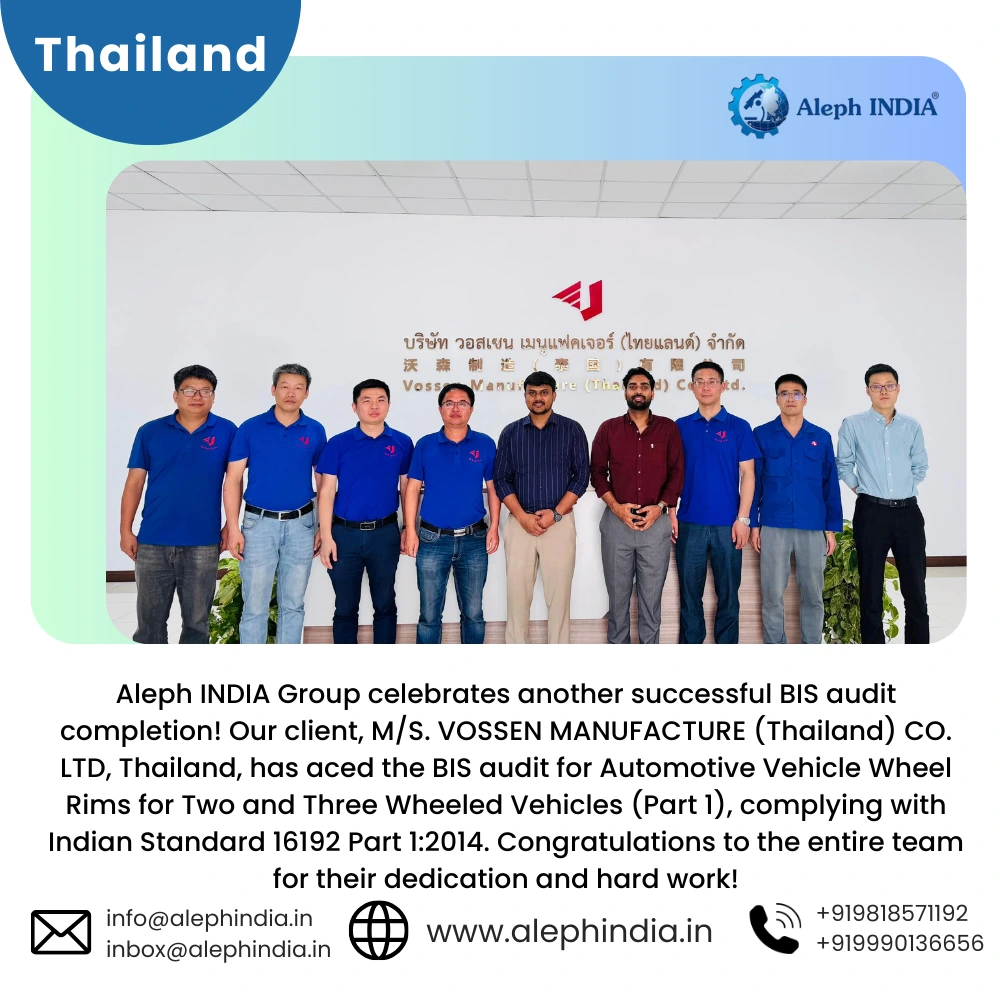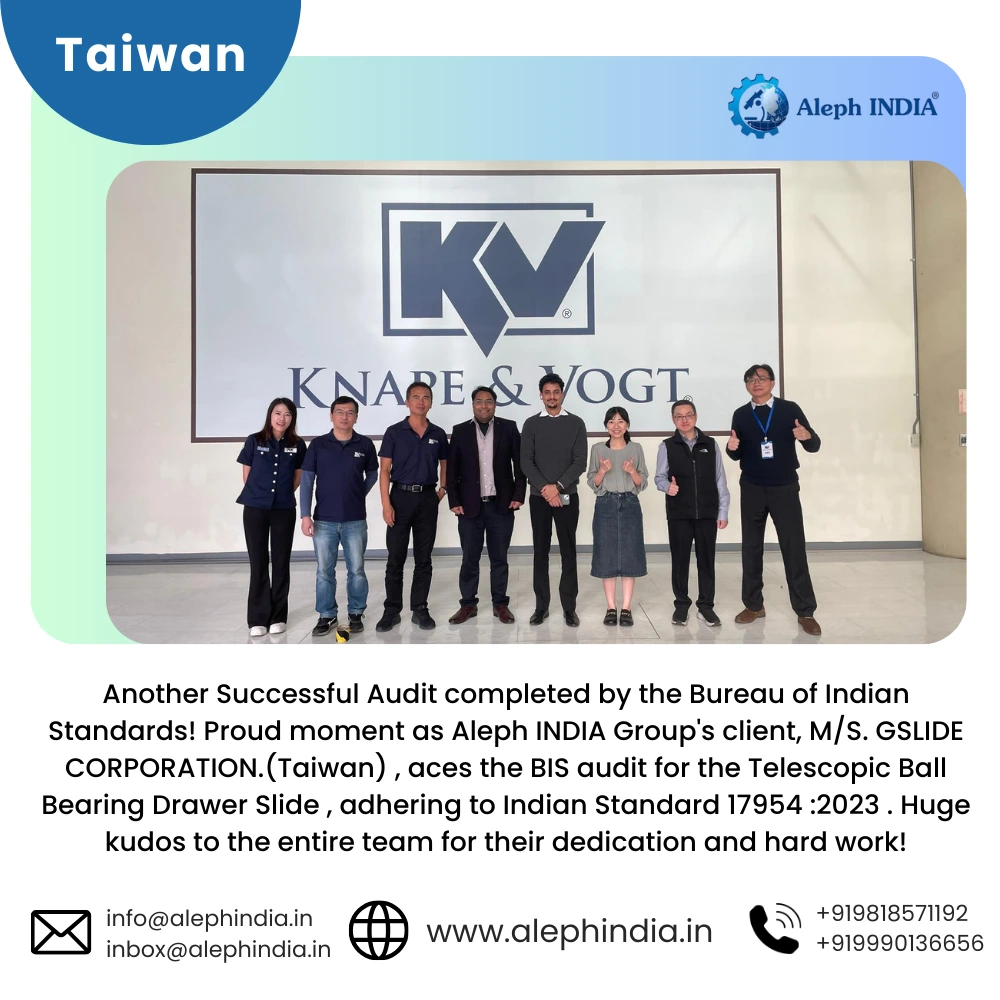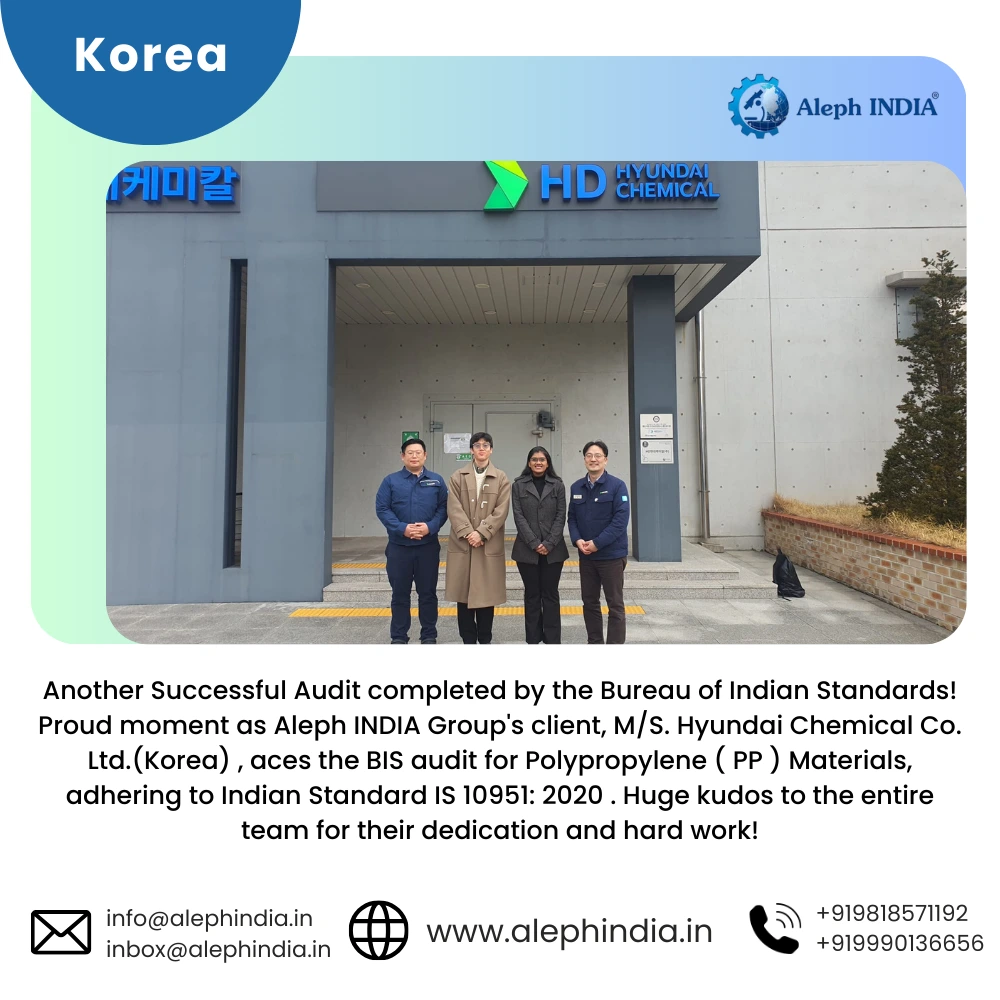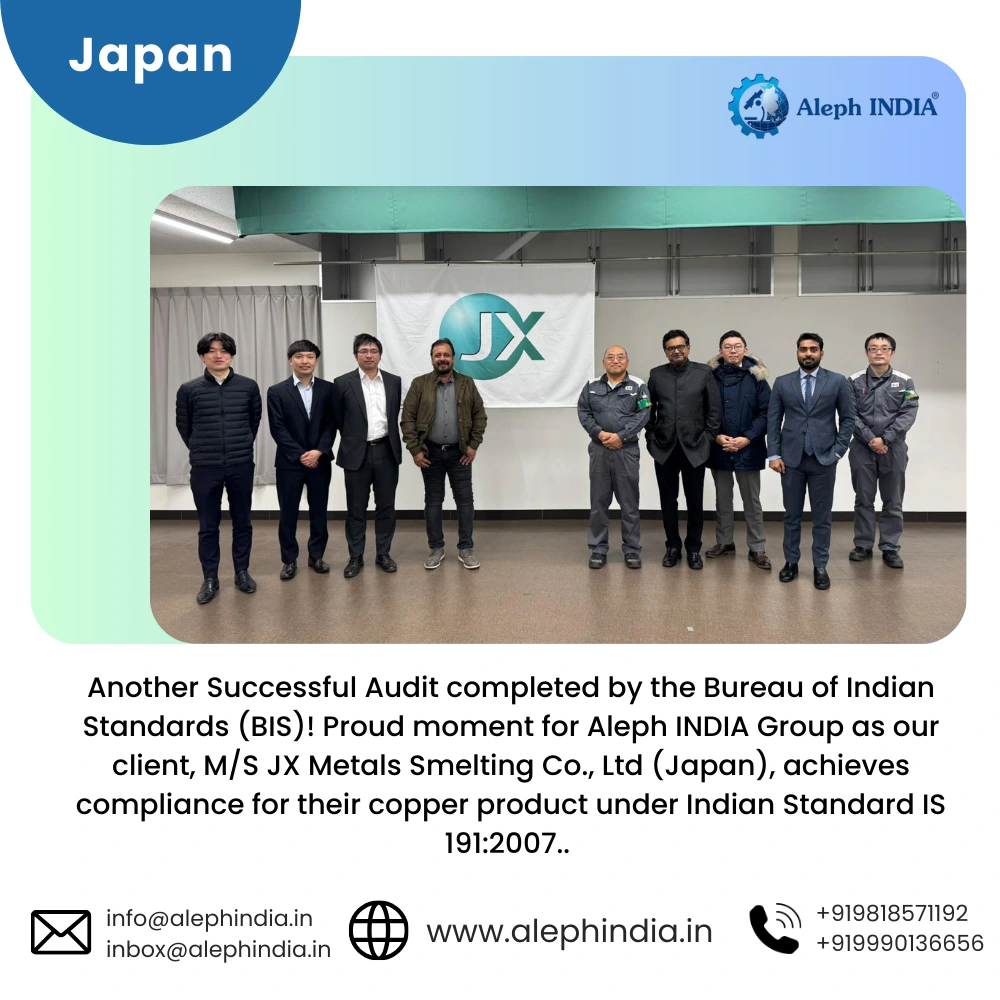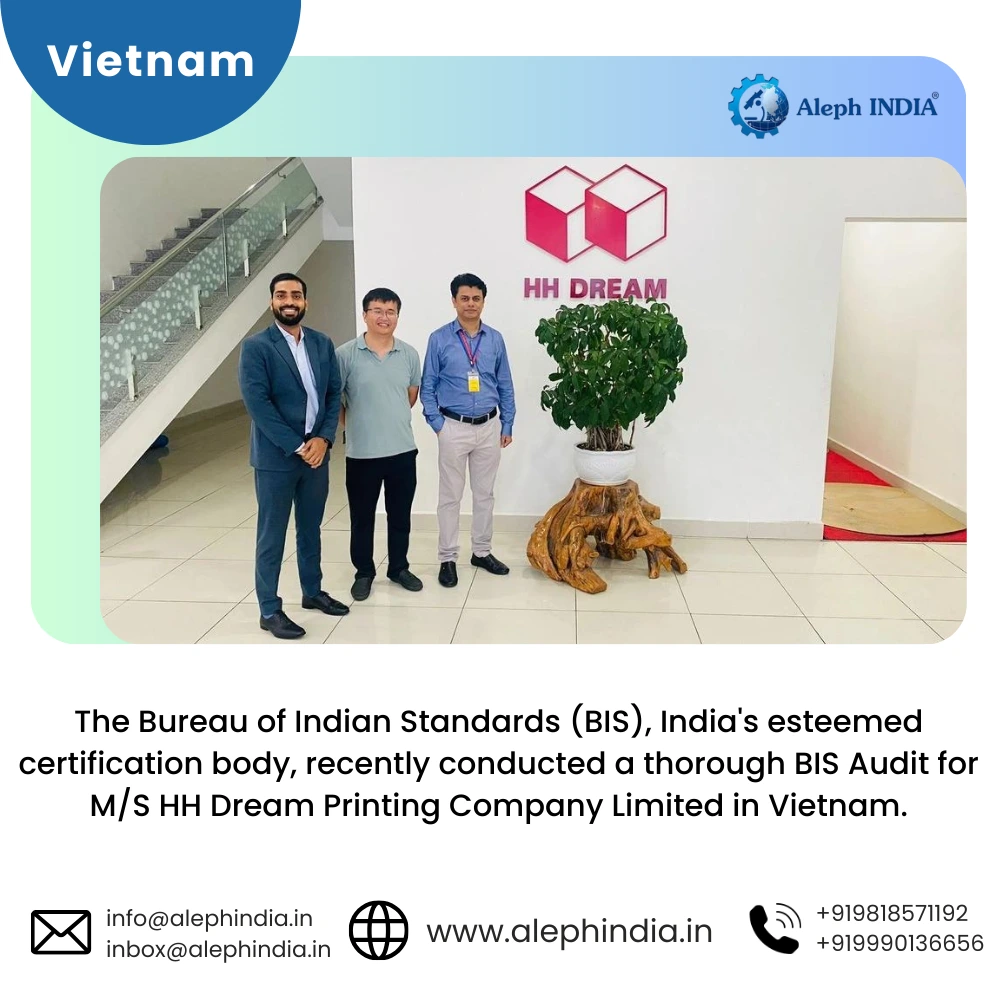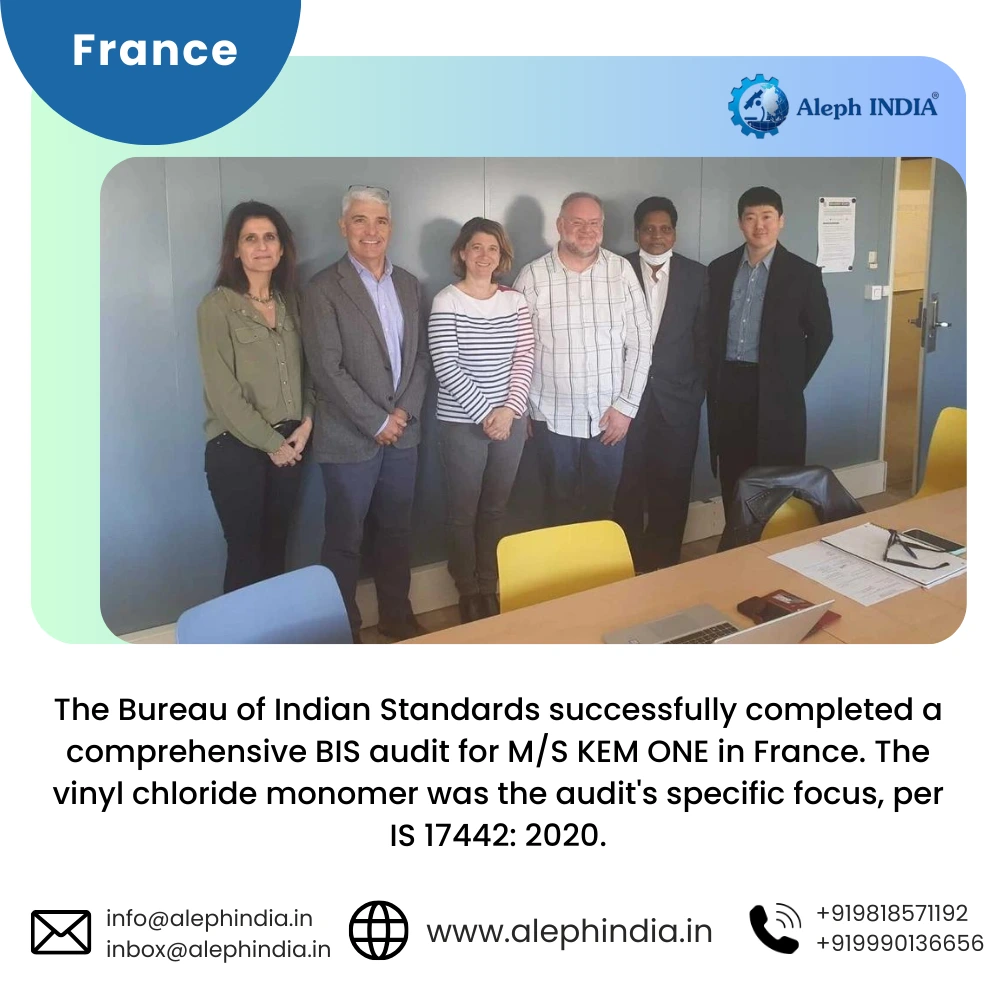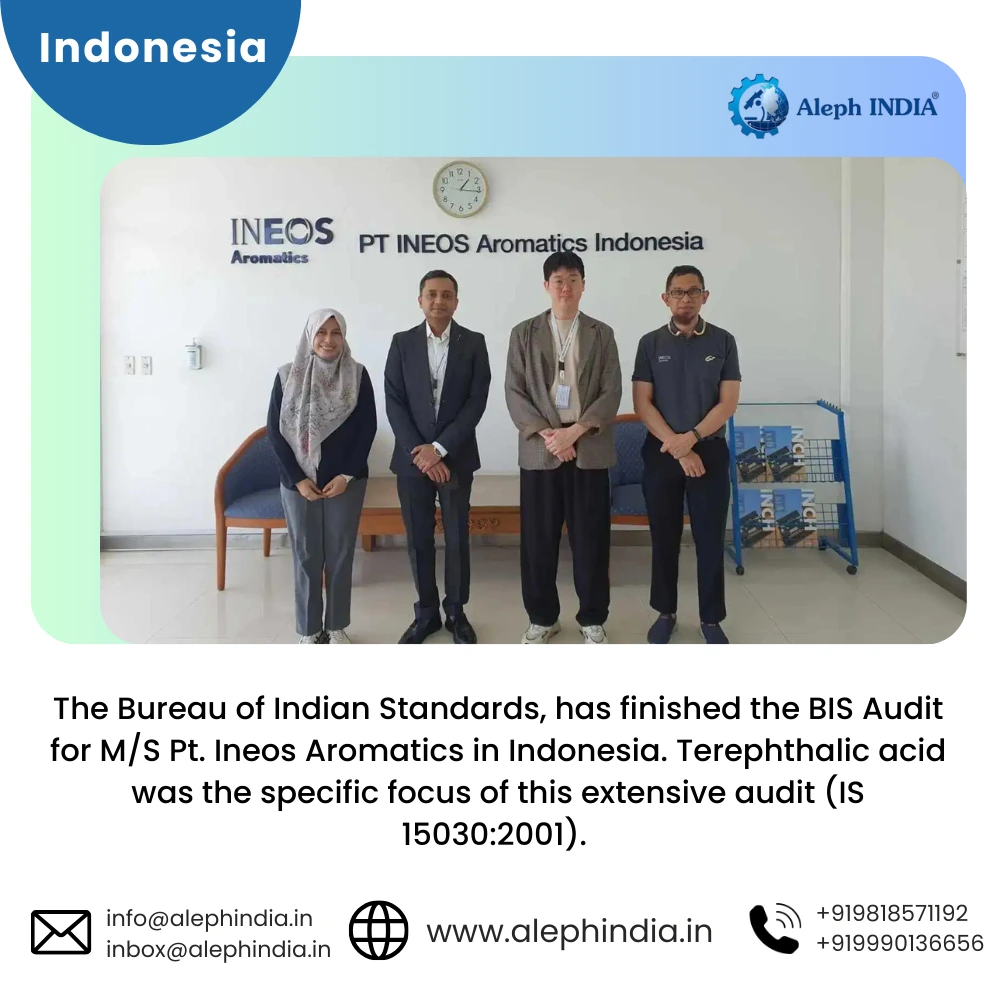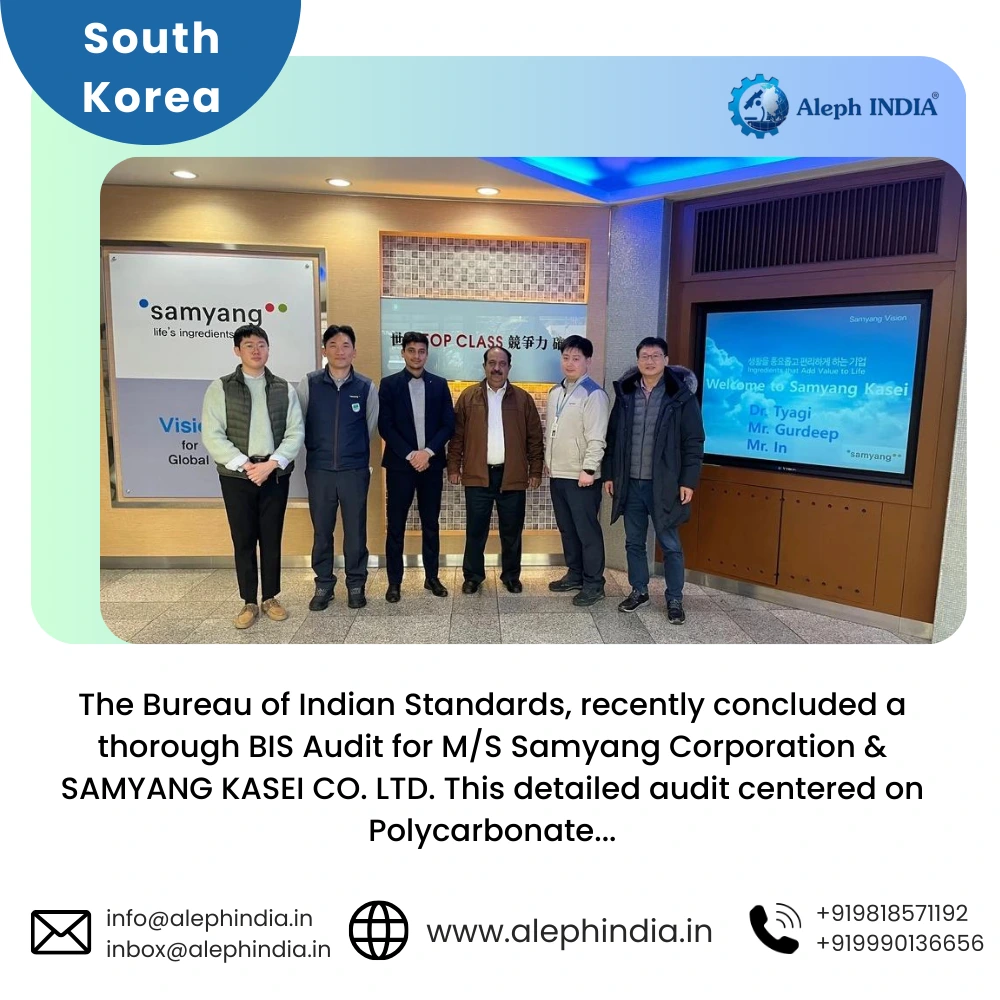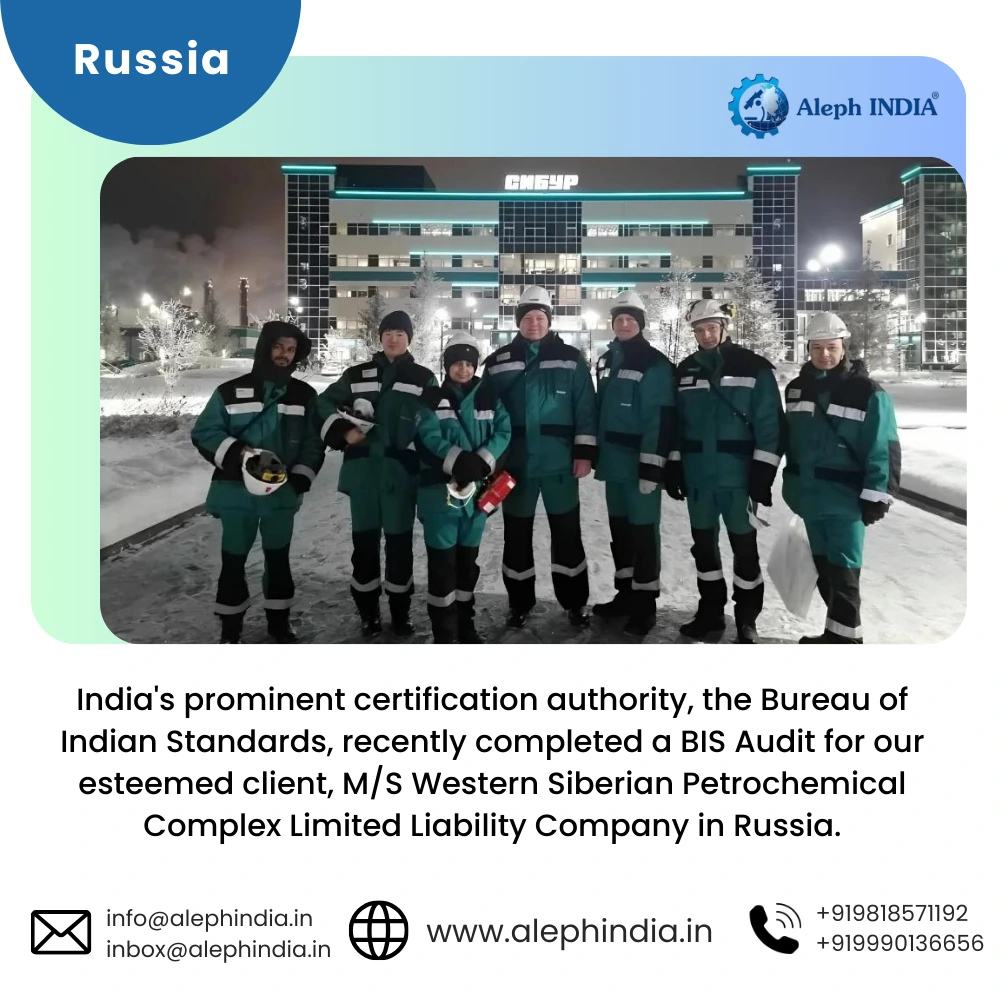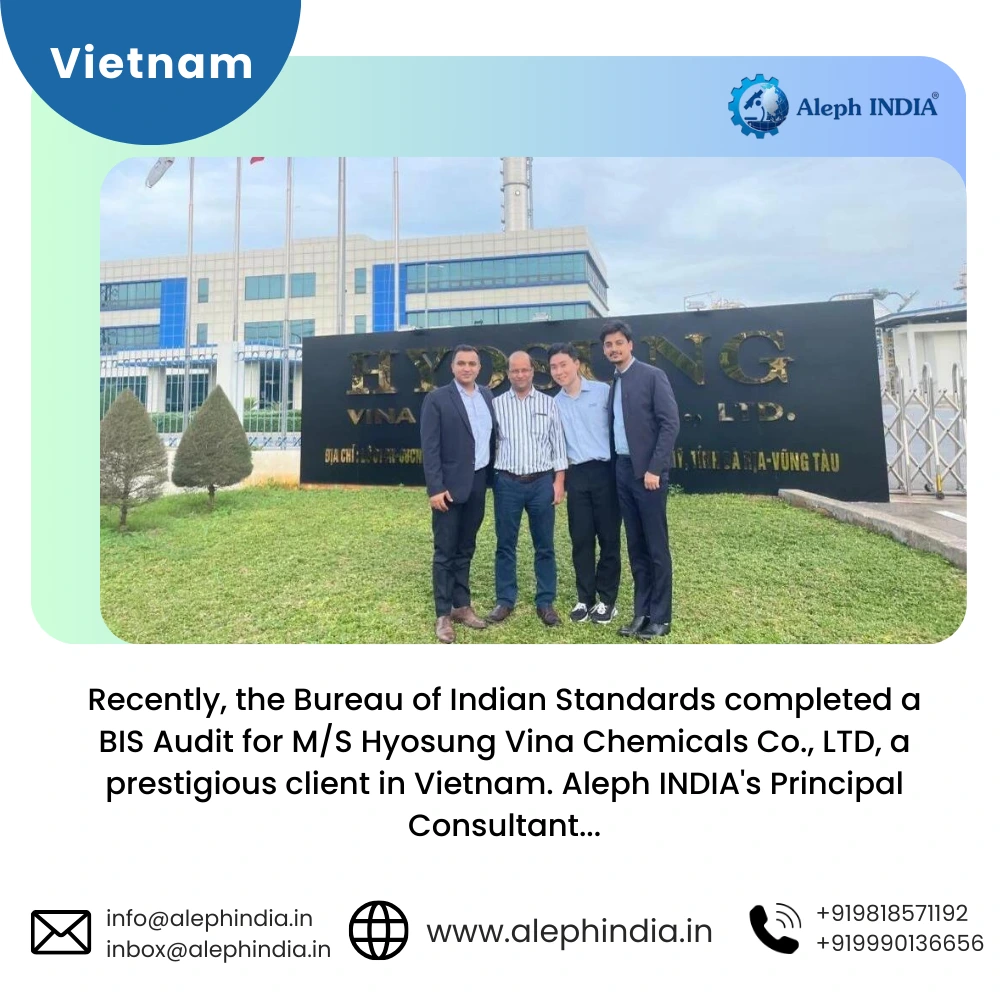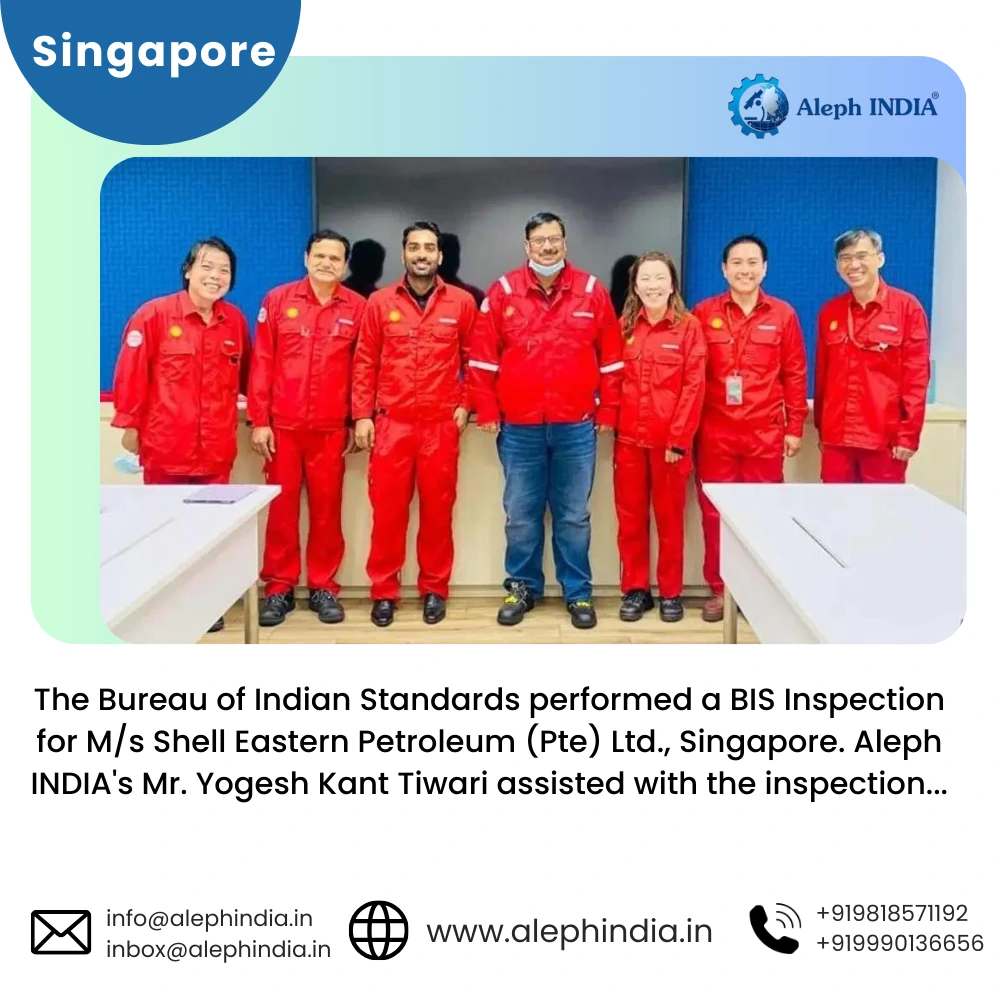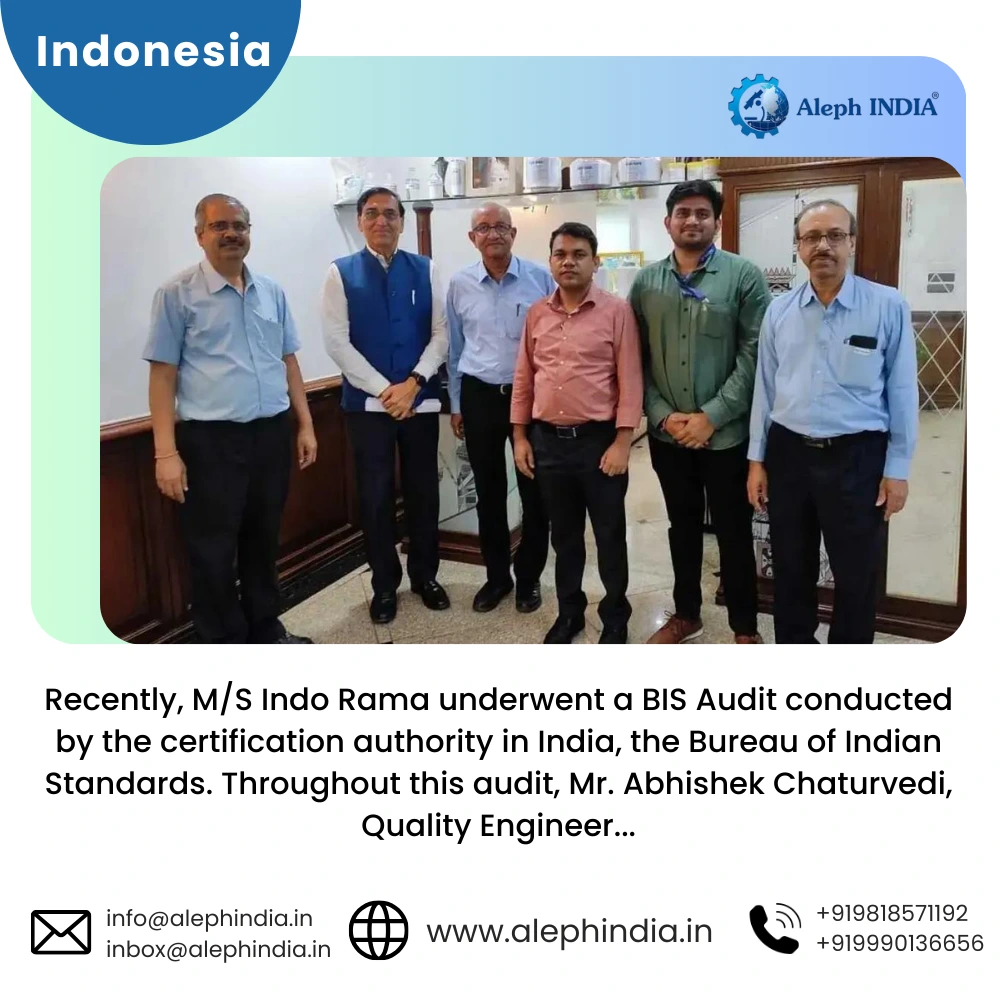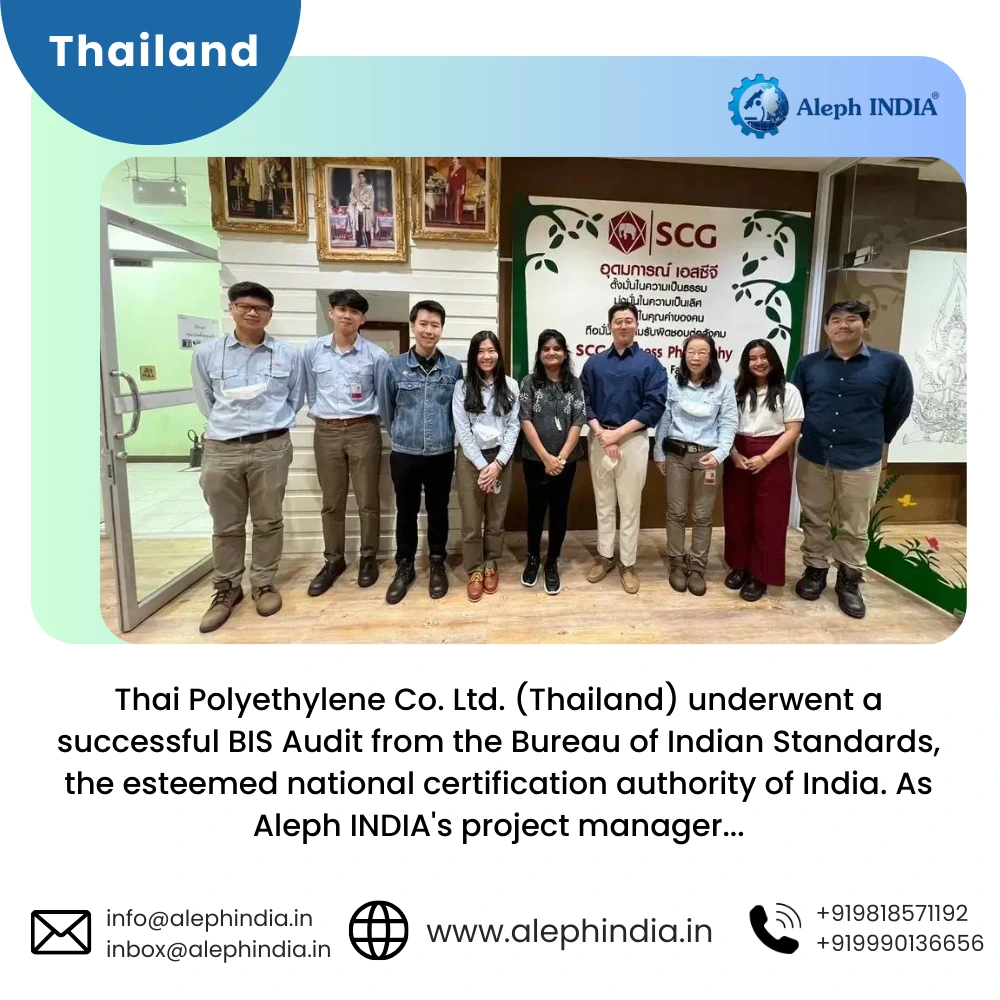BIS CERTIFICATION FOR LEATHER SAFETY BOOTS & SHOES FOR HEAVY METAL INDUSTRIES
IS 1989 (PART 2):1986
In this competitive scenario, it isn't easy to survive in the market without a standard quality and certified product. BIS license may also be required to sell products in the Indian market.
To get BIS certification and produce a
standard quality product, the manufacturer must ensure that their
product must follow the specified Indian standard.
Let's take a closer look at IS 1989 (Part 2):1986 for leather safety boots and shoes for heavy metal industries.
Leather safety boots and shoes for heavy metal industries are covered under IS 1989 (Part 2):1986. This standard (Part 2) specifies the requirements and sampling and testing methods for leather safety boots and shoes for workers in the heavy metal industries.
Leather safety boots and shoes for heavy metal industries must meet the design, materials, manufacture, finish, and performance requirements outlined in IS 1989 (Part 2):1986. The raw materials used in safety boots and shoes must meet the specifications specified in IS 1989(Part 2):1986.
The boots must be made on lasts that comply with IS 5520:1969 and correspond to last model numbers 10883 or 9180. The boots must be ankle-high, Derby pattern, with six eyelets and a full vamp. The shoes must be of derby design, have four or fewer eyelets, and be made on lasts that comply with IS 5520:1969, corresponding to last Model No. 10883 or 9150. The toe must be reinforced with a steel toe cap, and the tongue must be padded. The vamp must be completely lined. Upper leather shall be printed grain leather of any colour that meets the requirements of IS 578:1985 as specified in IS 1989 (Part 2):1986. IS 2051:1976 specifies the method for drawing representative samples of material and the conformity criteria.
Tests
The following test shall be carried out for leather safety boots and shoes for heavy metal industries.
- Impact Test
- Tensile strength test
- Performance test
- Dimensional measurement and any other as specified in the standard
A laboratory shall be maintained, in which the various tests shall be carried out as per the methods defined in the standard.
Each boot and shoe shall be marked with the manufacturer’s name, size no., batch no., year of manufacture, and other information specified in the standard. The product may also be marked with the ISI standard mark (ISI Mark), and packaging and marking must be done in accordance with the standards. The Manufacturer must obtain a BIS license from the Bureau of Indian Standards to use a standard mark (ISI Mark). The BIS grants a license based on a successful assessment of manufacturing infrastructure, quality control and testing capabilities, and production process.

NOTE:
For Detailed Information about the Procedure for BIS ISI Certification
Visit :
ISI Mark Certification for Domestic ManufacturersISI Mark Certification for Foreign Manufacturers
Conclusion:
If a product falls under the scope of the BIS Conformity Assessment Scheme, All the manufacturers, importers, and foreign entities must obtain BIS ISI Certification. The Bureau may cancel the License if the product fails to meet certification requirements.
Aleph INDIA has been serving the industry as a single-window operator for all product regulatory compliance. We can assist importers or manufacturers in meeting all criteria for importing or selling a product in the Indian market.
International Audits & Participation
Testimonials
BIS REGISTRATION FOR ELECTRONIC & IT PRODUCT
In the era of globalization, world trade is growing rapidly and henceforth, Manufacturing and Import/Export businesses are also growing drastically...View More
BIS CERTIFICATE FOR FOREIGN MANUFACTURER
The Economy of India-the fastest developing economy on the globe with the capabilities that help it matches up with the biggest international...View More
PRODUCT CERTIFICATION SCHEME (ISI MARK) FOR DOMESTIC MANUFACTURERS
Anything a person buys from food to cars, clothes to electronics, branded to unnamed products there is always a question that wanders in one’s...View More
WIRELESS PLANNING AND COORDINATION (WPC)
WPC: Wireless means communication done from one point to another point without the wires and cables. Electromagnetic waves carry the ...View More
BUREAU OF ENERGY EFFICIENCY (BEE) CERTIFICATE
BEE CERTIFICATE: Energy is the future, and its conservation is the way of the bright future. Everyone claims the environment is important...View More
E-WASTE MANAGEMENT
E-waste is one of the world's fastest-growing trash streams. We currently manufacture almost 50 million tones of it each year...View More
Request a call back.
Would you like to speak to one of our Senior Technical advisers over the phone? Just submit your details and we’ll be in touch shortly. You can also email us if you would prefer.
BIS REGISTRATION FOR ELECTRONIC & IT PRODUCT
In the era of globalization, world trade is growing rapidly and henceforth, Manufacturing and Import/Export businesses are also growing drastically...View More
BIS CERTIFICATE FOR FOREIGN MANUFACTURER
The Economy of India-the fastest developing economy on the globe with the capabilities that help it matches up with the biggest international...View More
PRODUCT CERTIFICATION SCHEME (ISI MARK) FOR DOMESTIC MANUFACTURERS
Anything a person buys from food to cars, clothes to electronics, branded to unnamed products there is always a question that wanders in one’s...View More
WIRELESS PLANNING AND COORDINATION (WPC)
WPC: Wireless means communication done from one point to another point without the wires and cables. Electromagnetic waves carry the ...View More
BUREAU OF ENERGY EFFICIENCY (BEE) CERTIFICATE
BEE CERTIFICATE: Energy is the future, and its conservation is the way of the bright future. Everyone claims the environment is important...View More
E-WASTE MANAGEMENT
E-waste is one of the world's fastest-growing trash streams. We currently manufacture almost 50 million tones of it each year...View More
View All Services
Request a call back.
Would you like to speak to one of our Senior Technical advisers over the phone? Just submit your details and we’ll be in touch shortly. You can also email us if you would prefer.



